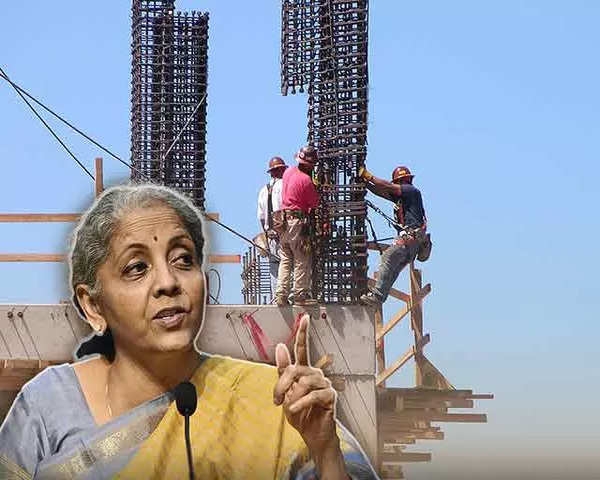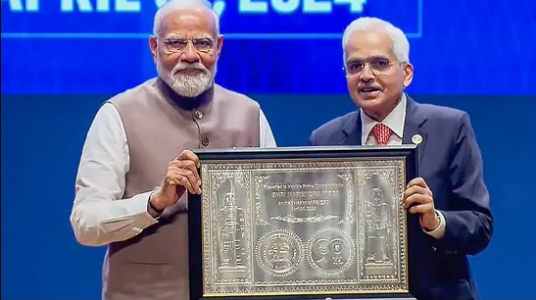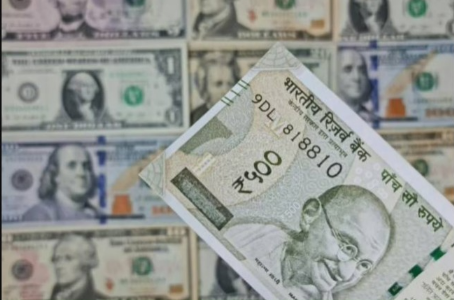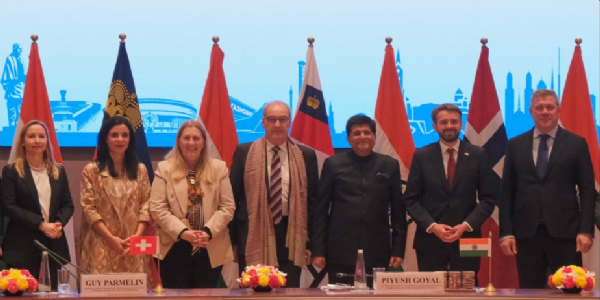The Gati Shakti Budget 2022: Speeding With Strength Towards Self Reliance
The Gati Shakti Budget 2022 will have an impact on the country"s economic growth and inclusive growth for the next 25 years.
Total Views | 136
The Rs 39.45 lakh crore budget introduced by the Union Finance Minister today is the Atmanirbhar Gati Shakti Budget 2022-23. This budget will have an impact on the country's economic growth and inclusive growth for the next 25 years. Finance Minister has been given priority to the creation of future income-generating assets and the creation of social infrastructure that will enhance the living standards of the people by laying a large pedestal for Capital Expenditure.

In particular, the Union Government has decided in this budget to be the driving force behind the development of the country by prioritizing 7 areas such as road, railways, aviation, inland water transport, energy and digital, with central, state and private partnership for infrastructure creation through the Prime Minister's Gati Shakti Yojana .
Union Government has decided for the establishment of 400 New Generation Vande Bharat trains, 100 cargo terminals, and 4 multi-model logistics parks in the next 3 years, better services will be available in the freight and public transport system.
Capital expenditure is the source of investments and job creation. Increasing the capital expenditure to Rs 7.50 lakh crore for the financial year 2022-23 in this budget and that is 33.33% more allocation has been made than last year 2021-22. It is a welcome development that the Central Government is working towards the huge target of raising the total capital expenditure to `10.68 lakh crore with the intention of making capital expenditure through various projects in coordination with the State Governments. Further, Incentive loans to states for capital expenditure in collaboration with the Central Government have been increased from Rs 10,000 crore to Rs 15,000 crore at the request of the State Governments for the current financial year 2021-22. However, in the coming financial year 2022-23, these interest-free loans were increased to a whopping Rs 1 lakh crore. These interest-free additional loans were given by the states for their share of kinetic energy in project investments, and in order to obtain these loans the state governments had to spend capital expenditure subject to the expectations of the Central Government regulations.
Apart from above, NHAI has mobilized Rs. 20,000 crore for 25000 km of new roads to connect new roads to industrial corridors with the construction of National Highways. The sector has been given priority with allocations of Rs 50,000 crore for promotion of small and medium enterprises, Rs 2 lakh crore for credit guarantee loans, Rs 6,000 crore for special portal for product sales and MSME rating as a priority and the reduction of tax on co-operatives to 15% will ensure that agricultural co-operatives are encouraged.
Digital technology has been given importance in this Budget by the establishment of 75 Digital Banks in 75 Districts & Digital Portal for Skill Development, expanding the 12 channels for e-content for students to 200 by expanding online education and making National Policy Proposals for Digital Health is a welcome development
2022-23 has been declared as the Cereal Year as an incentive for cereal cultivation. The announcement that inter river connectivity has taken precedence is a key element of the plan and the preparation of 5 DPRs for river connectivity is key and nature farming in the Ganges basin is creative decision .
Finance Minister announced the availability of 5G technology to the users and the readiness for the domestic cryptocurrency has been announced, the advent to new technology has become a priority in this budget. Housing for poor is the continuous priority for the Union Government and allocation of Rs 48,000 crore for PM Housing Scheme for 80 lakh houses as the central government's priority for housing for the poor continued this year as well. The central government's commitment to provide tap drinking water to 5.7 crore households through Nall Se Jal is a priority for raising the living standards of the people in this budget.
The Finance Minister said that the government has projected a fiscal deficit of 6.9% of GDP for the 2022-23 financial year and aims to reduce it to 4.5% by 2024-25.
Bharati Web







